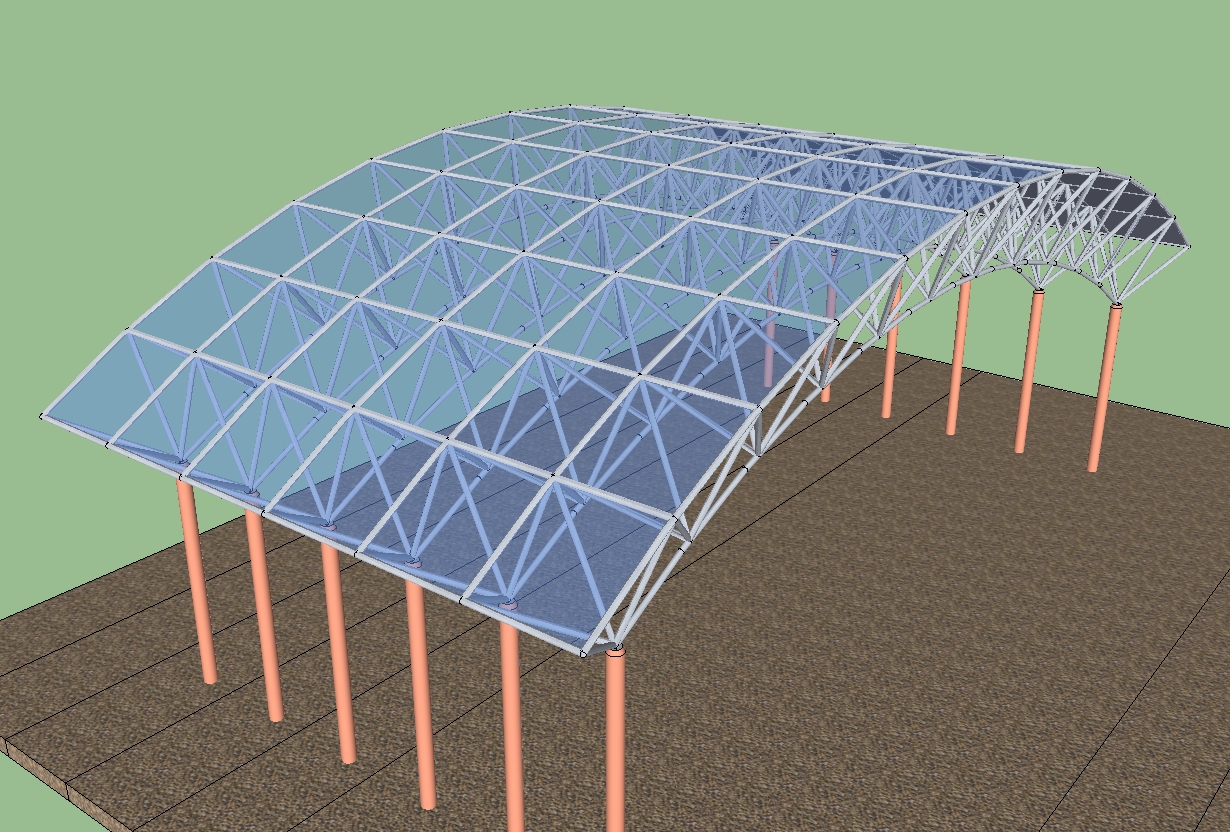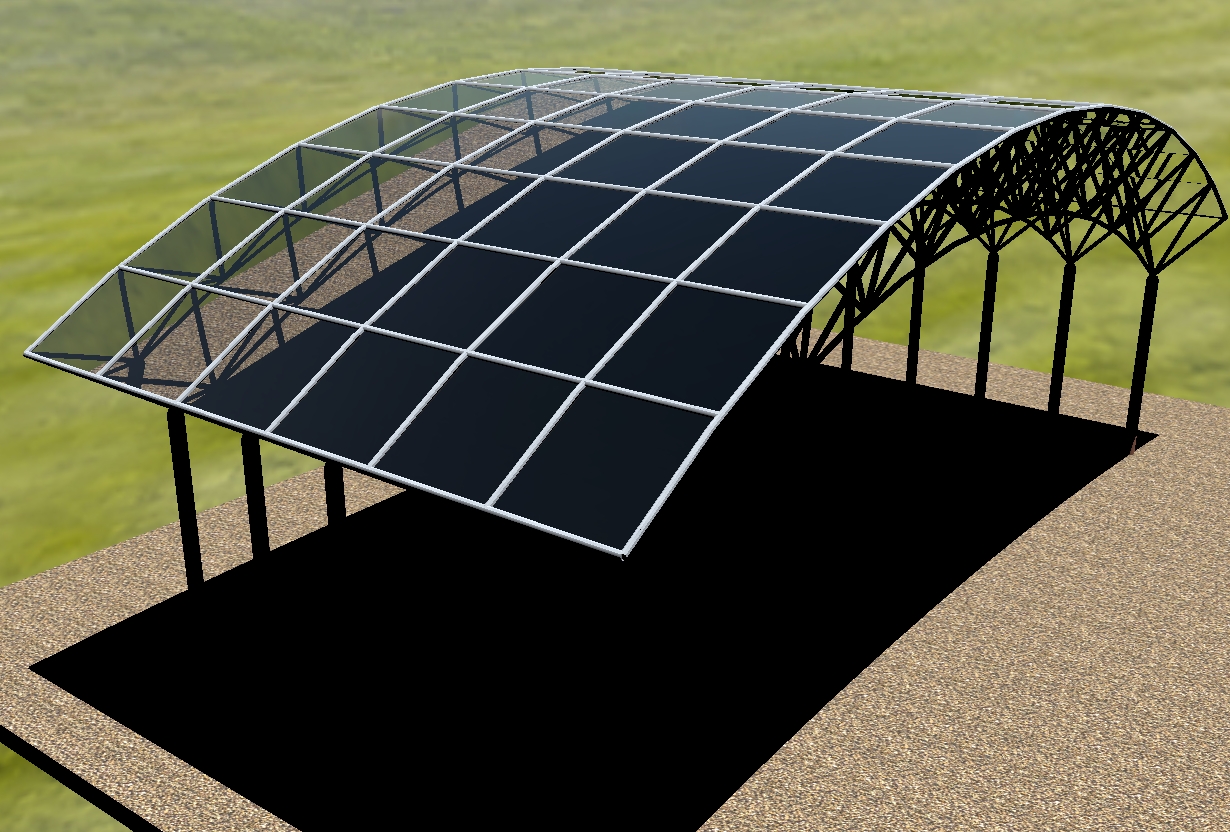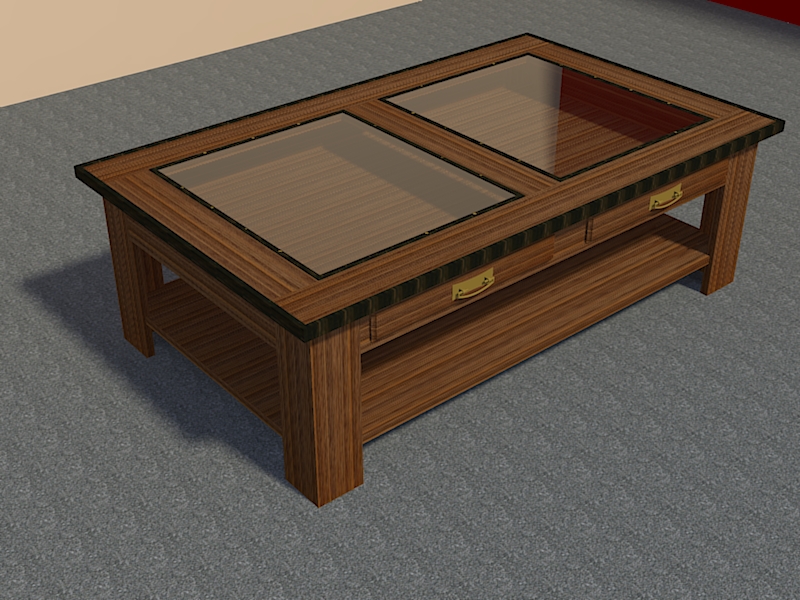KERKYTHEA problem
-
Hi, I just want an explanation on the problem of light indicated by the hand in the picture? It happens very often with kerkythea? there is there a way to solve this problem? thank you


-
You could try using a higher preset, I recommend you to use #19 MLT, it takes long but it's worth the time

-
-
also preset no 17 ( path tracing progressive) is nice for outdoor renderings (due to kt user guide)
http://www.kerkythea.net/joomla/index.php?option=com_remository&Itemid=42&func=startdown&id=89 -
Your welcome

@ majid, interesting, I never tried preset 17, I might try it sometime if I would ever use KT again...
Currently I'm ltesting other (commercial and better) render apps to see the ups and downs of each app. -
@foxar said:
Currently I'm ltesting other (commercial and better) render apps to see the ups and downs of each app.
ok mate
 . (this is completely a personal question, not a propaganda, mate )I love KT, free and somehow easy to learn, unbiased and biased support presets, lots of free materials and (confusing
. (this is completely a personal question, not a propaganda, mate )I love KT, free and somehow easy to learn, unbiased and biased support presets, lots of free materials and (confusing  but) verry friendly and helpful forum ( I learned every thing by asking my questions there
but) verry friendly and helpful forum ( I learned every thing by asking my questions there  ) ,BTW it is someone's choice to try those $$$ render engines,there are lots of them and all of the are progressing,... maybe you also njoy TWi, (commercial version of KT in fact) easy to use ,accurate , user friendly and good support and reasonable price, also ( it is a personal question) I like the v-ray moode, and,... maxwell is a bit confusing for me ( I played it a bit, like fry-render...)
) ,BTW it is someone's choice to try those $$$ render engines,there are lots of them and all of the are progressing,... maybe you also njoy TWi, (commercial version of KT in fact) easy to use ,accurate , user friendly and good support and reasonable price, also ( it is a personal question) I like the v-ray moode, and,... maxwell is a bit confusing for me ( I played it a bit, like fry-render...) -
@majid said:
@foxar said:
Currently I'm ltesting other (commercial and better) render apps to see the ups and downs of each app.
ok mate
 . (this is completely a personal question, not a propaganda, mate )I love KT, free and somehow easy to learn, unbiased and biased support presets, lots of free materials and (confusing
. (this is completely a personal question, not a propaganda, mate )I love KT, free and somehow easy to learn, unbiased and biased support presets, lots of free materials and (confusing  but) verry friendly and helpful forum ( I learned every thing by asking my questions there
but) verry friendly and helpful forum ( I learned every thing by asking my questions there  ) ,BTW it is someone's choice to try those $$$ render engines,there are lots of them and all of the are progressing,... maybe you also njoy TWi, (commercial version of KT in fact) easy to use ,accurate , user friendly and good support and reasonable price, also ( it is a personal question) I like the v-ray moode, and,... maxwell is a bit confusing for me ( I played it a bit, like fry-render...)
) ,BTW it is someone's choice to try those $$$ render engines,there are lots of them and all of the are progressing,... maybe you also njoy TWi, (commercial version of KT in fact) easy to use ,accurate , user friendly and good support and reasonable price, also ( it is a personal question) I like the v-ray moode, and,... maxwell is a bit confusing for me ( I played it a bit, like fry-render...)Hehe thanks Majid, I might not have been clear enough but I've been using Kerkythea for 2 years (a little less maybe)

I've been very happy about the program so far but I want to expand some programs with more capabilities.
I've heard many good things from Twilight but I'm still waiting for the Mac version to come out, besides that I also
like the Vray moode, sometimes it's a bit of a long way to set things right, but once you've got you won't forget
Also tried Maxwell, nothing for me, also heard that they have such a bad support made me take a step back.
Currently I'm taking Vue for a rough test and I'm really impressed by it's ease of use, the only lack again is the support
and it crashes well, a tad to frequently, but that might have something to do with the personal learning edition (you can't update
it with patches and fixes)Afterwards I'll still test Thea for sure and maybe Podium, but currently Vray (for interiors) and Vue (for exteriors) are the 2 winners for me!
-
Hi,
i have a Problem too. At the model below i placed a translucent material in Sketchup. In Kerkythea i exchanged the Material by a dielectric glass.
After rendering I got this result. What am I doing wrong?
Karlheinz


-
Most likelly your dielectric material has no volume, dielectic needs a water tight volume. I would use a thing glass material in this case, it's specially made for windows and so, objects that are thin and often modelled without wolume.
Also if you use Sun and dielectric, then best render method is preset 20. BIT/MLT as pure MLT do not create coustics from Sun or spot/point lights.
Better continue at KT forums. -
Hi notareal,
thanks for your fast answer. Your explanation and your advice was very helpfull. I selected a thin glass and it worked fine.
Karlheinz
-
I have a similar problem going on right now. I selected a transparent glass in SU for a table top and exported to KT, I selected the glass surfaces inside KT and changed the material to Thin Glass and ran a render. The thin glass rendered as a mirror! I don't want a mirror surface... Am I missing a simple setup in the material edit?
Thanks,
-
Can you send me the scene - or a part of it - enabling me to take a look at it...?
This could be a very simple material issue, but since you're applying the Thin Glass from the material library, I suppose it's something different, like a back-face problem...

-
fyi. If you want that Thin Glass shader is automatically applied with SU2KT, just add 'TG_' prefix to material's name (without ' ').
-
I have posted a .zip of the relevant files and images, I took a snapshot of the Materials Edit page too. I didn't include the .xml, and the file was created on v.5. Haven't tried exporting it from v.7 yet but don't think that would make a difference.
It's odd because just a couple days ago I used the thin glass in a similar situation and it worked fine.
Mark
-
If you are using thin glass shader, you can model without the volume. Modelling thing glass with volume, kind of defects idea of thin glass shader. If you model with the volume, use dielectric glass. That will create nice caustics effect from sun/spot/point lights (with pre-set 20. MLT(BPT)). Or if you use mesh emitters and HDR sky (preferred for product rendering), you can use pre-set 19. MLT for faster results. Photon mapping can create caustics too (with caustics pre-set), but the quality is never as good as with unbiased rendering.
Fixes: There seems to be some back face issues and plenty of overlapping geometry. Overlapping geometry, might course some z-fighting... but it might not be visible with this particular model.
I would remove that glass top component and use only a white (or light grey/green/or what ever colour glass you will have) plane as a glass top and then rename the material used in it as TG_white (just use TG_prefix for automatic thin glass shader).Also note that if you look a glass table top from a gracing angle, it's pretty much like a mirror.

-
I found the problem guys. Somehow I had inserted 2 layers of the glass component into the group which when rendered in KT ~probably~ doubled the IOR. Once I fixed the glass to a single layer of glass the rending worked perfectly.
I thank you for your assistance.
Advertisement







